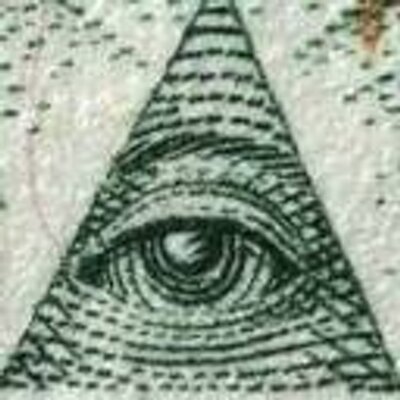
So, we've already covered the fact that the NSA's data analyzing methods are horribly inept and don't really achieve much other than simply stumbling over themselves in an attempt to catch nebulous "terrorists"- Though that might not be the only reason for their actions. Another explanation for their actions is that of control. Surveillance is, after all, a method of exerting power. Conscious or not, the effect that being surveilled has on people is certainly tangible. Take the example of the Panopticon (an architectural idea turned thought experiment made by Jeremy Bentham). It's a prison where there's only one central watchtower with an outer coating such that the windows in it are indistinguishable from the walls. The prison walls themselves form a circle around the watchtower and the yard around the watchtower, the prisoners milling about in that field between the two structures. The interesting part is this: The prison gate is open with no guards by it. So why don't the prisoners just bolt for it and run? It's a fairly intuitive answer- Because they're afraid. They have no idea whether they're being watched or not from inside the watchtower, and if so what weapons the guards inside have trained on them. They don't know about any of these things for certain, but even the mere idea of being surveilled is enough to make them police their own behavior. And that is the beauty of surveillance for a control technique. It makes people follow rules without having to enforce an actual punishment most of the time. The application that this thought experiment has for American society as it is now is quite frightening. If this is indeed the government's rationale, then why are they still using police (in ever increasing amounts as well) to enforce law? That's still a discussion to be had.
No comments:
Post a Comment